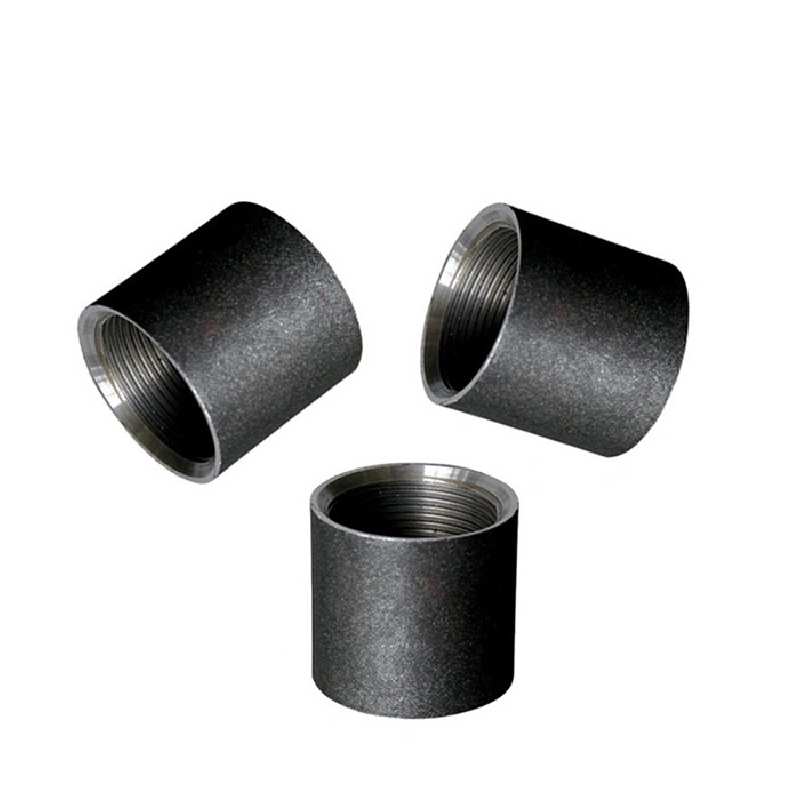-
Cangzhou Yulong Steel Co., Ltd.
-
Phone:
+86 13303177267 -
Email:
admin@ylsteelfittings.com
- English
- Arabic
- Italian
- Spanish
- Portuguese
- German
- kazakh
- Persian
- Greek
- French
- Russian
- Polish
- Thai
- Indonesian
- Vietnamese
- Zulu
- Korean
- Uzbek
- Hindi
- Serbian
- Malay
- Ukrainian
- Gujarati
- Haitian Creole
- hausa
- hawaiian
- Hebrew
- Miao
- Hungarian
- Icelandic
- igbo
- irish
- Japanese
- Javanese
- Kannada
- Khmer
- Rwandese
- Afrikaans
- Albanian
- Amharic
- Armenian
- Azerbaijani
- Basque
- Belarusian
- Bengali
- Bosnian
- Bulgarian
- Catalan
- Cebuano
- China
- China (Taiwan)
- Corsican
- Croatian
- Czech
- Danish
- Esperanto
- Estonian
- Finnish
- Frisian
- Galician
- Georgian
- Kurdish
- Kyrgyz
- Lao
- Latin
- Latvian
- Lithuanian
- Luxembourgish
- Macedonian
- Malgashi
- Malayalam
- Maltese
- Maori
- Marathi
- Mongolian
- Myanmar
- Nepali
- Norwegian
- Norwegian
- Occitan
- Pashto
- Dutch
- Punjabi
- Romanian
- Samoan
- Scottish Gaelic
- Sesotho
- Shona
- Sindhi
- Sinhala
- Slovak
- Slovenian
- Somali
- Sundanese
- Swahili
- Swedish
- Tagalog
- Tajik
- Tamil
- Tatar
- Telugu
- Turkish
- Turkmen
- Urdu
- Uighur
- Welsh
- Bantu
- Yiddish
- Yoruba

Sep . 19, 2024 07:18 Back to list
pipe welding for beginners
Introduction to Pipe Welding for Beginners
Pipe welding is a vital skill in various industries, including construction, manufacturing, and energy sectors. For beginners, understanding the fundamentals of pipe welding can lay a strong foundation for a successful career in this field. This article aims to provide a concise introduction to pipe welding, covering essential techniques, tools, and safety measures.
Understanding Pipe Welding
Pipe welding is the process of joining two or more pieces of pipe together using welding techniques. The main goal is to create a strong, leak-proof joint that can withstand high pressures and extreme conditions. Common types of pipe welding include Shielded Metal Arc Welding (SMAW), Gas Tungsten Arc Welding (GTAW), and Gas Metal Arc Welding (GMAW). Each technique has its advantages and specific applications, making it crucial for beginners to learn when to use each one.
Essential Tools and Equipment
To start with pipe welding, you need to familiarize yourself with the essential tools and equipment
1. Welding Machine Depending on the welding process you choose, you will need a suitable machine, like a stick welder for SMAW or a MIG welder for GMAW.
2. Protective Gear Safety first! Always wear appropriate protective gear, including welding helmets, gloves, and flame-resistant clothing. This gear protects you from sparks, UV radiation, and heat.
3. Filler Material The type of filler material depends on the base metal being welded. For example, stainless steel may require a different electrode compared to carbon steel.
pipe welding for beginners

4. Pipes and Fittings Familiarize yourself with various types of pipes and fittings, as choosing the right materials is crucial for achieving effective welds.
Welding Techniques and Tips
Beginners should practice basic welding techniques such as stringer beads and weave patterns. Understanding how to control the arc, adjust the heat settings, and maintain a steady hand are important skills that will improve your welding quality.
When preparing your pipes for welding, ensure that the edges are clean and free from rust, paint, or debris. Proper beveling of the pipe ends can also help create a stronger joint.
One helpful tip is to practice on scrap pieces of metal before working on actual projects. This permits you to fine-tune your techniques without the pressure of a final product.
Safety Measures
Pipe welding can be hazardous, so adhering to safety protocols is essential. Always work in well-ventilated areas to avoid inhaling harmful fumes. Use fire-resistant curtains or screens to protect others from sparks and harmful light. Additionally, ensure that fire extinguishers are accessible in case of emergencies.
Conclusion
Pipe welding is a rewarding skill that requires practice and dedication. By mastering the basic techniques, understanding essential tools, and following safety measures, beginners can build a solid foundation for their welding careers. Whether you aim to work in industrial settings or pursue personal projects, pipe welding offers endless opportunities for growth and creativity. So, grab your gear, start practicing, and take the first steps on your pipe welding journey!
Latest news
-
ANSI 150P SS304 SO FLANGE
NewsFeb.14,2025
-
ASTM A333GR6 STEEL PIPE
NewsJan.20,2025
-
ANSI B16.5 WELDING NECK FLANGE
NewsJan.15,2026
-
ANSI B16.5 SLIP-ON FLANGE
NewsApr.19,2024
-
SABS 1123 FLANGE
NewsJan.15,2025
-
DIN86044 PLATE FLANGE
NewsApr.19,2024
-
DIN2527 BLIND FLANGE
NewsApr.12,2024
-
JIS B2311 Butt-Welding Fittings LR/SR 45°/90° /180°Seamless/Weld
NewsApr.23,2024











